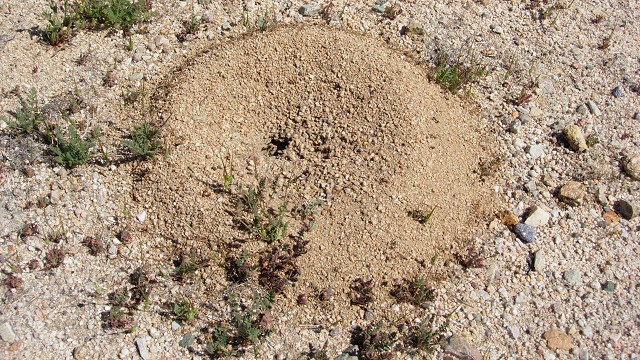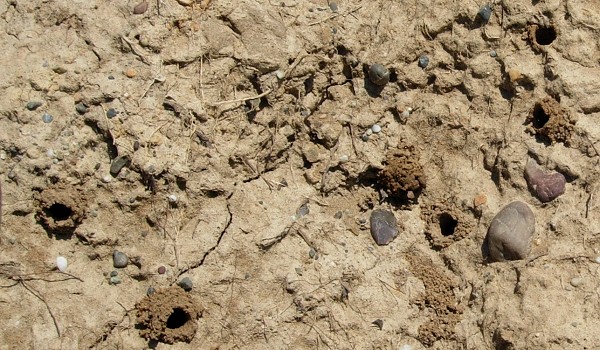In this part of California we may thank our lucky stars for being free of Burmese pythons, brown recluse spiders or Africanized honeybees. But during the last few decades, while most of us weren't paying attention, much of California was taken over by ants from Argentina.
Argentine ants, Linepithema humile, love the environment of our homes and gardens. The soil is watered regularly, there's warmth nearby in the winter, and it almost never floods. The species is aggressive, and unlike most ants they don't fight each other's colonies. Recent research suggests that even though they're genetically diverse, Argentine ants always smell the same to each other, so undistracted by internal wars they combine forces and simply overwhelm most other ant species.
But our different kinds of native ants are crucial members of the local ecosystem. Some eat corpses, while others scavenge the ground for dead plant matter. Some live like farmers, cultivating certain fungus species by feeding them plant materials. Some depend on specific plants, which benefit from the attention. (KQED has a cool gallery of Bay Area native ant species and their lifeways.)
When the Argentine ants move in, all of those specialized services are handicapped or disappear. There's plenty of reading out there about the effect of these ants on ecosystems, but as a geologist I wonder about their effect on bioturbation, the processes by which living things stir the soil. Ground-dwelling animals have profound effects on soil: the way it breathes, circulates water and cycles nutrients. Ants and worms are the most important of these.
Among the various ant species, Argentine ants are small and their nests are shallow. That means, for instance, they're not capable of building the piles of coarse sand and gravel, brought up from meters below the ground, that desert red ants made in this example from Nevada.

Fortunately Argentine ants have trouble where it's dry and cold, so gold prospectors in the Mojave can continue their practice of sampling buried rocks from anthills. But around here, how does the soil respond when the deep-digging ant species are gone? I also wonder about the various bee species that dig holes in the ground, like these ones I spotted on a San Mateo County seacliff.
